July 16, 2021 —
During World War II, the Coast Guard developed the Long Range Navigation System, or LORAN, to provide military ships and aircraft an accurat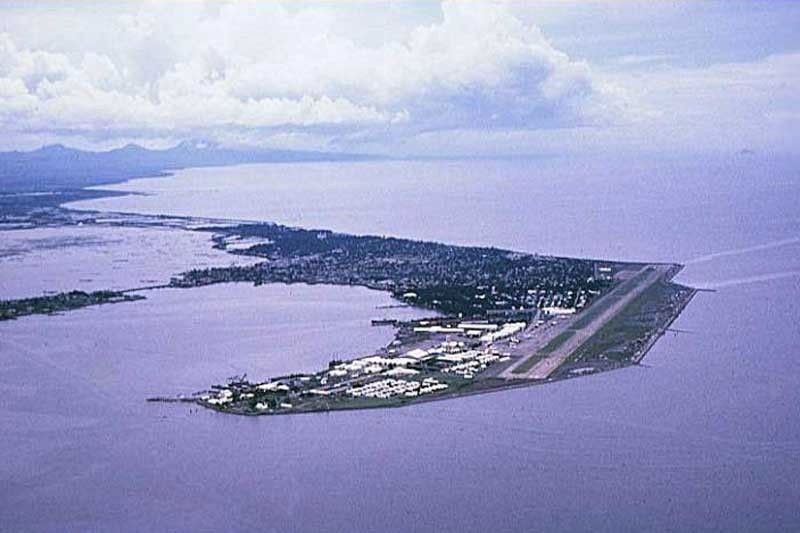 e navigational network. The LORAN system was a network of land-based transmitting stations, with a “master” station, initiating a pulse paired with a series of secondary receiving stations.
e navigational network. The LORAN system was a network of land-based transmitting stations, with a “master” station, initiating a pulse paired with a series of secondary receiving stations.
In the postwar period, LORAN became the world’s primary long-range navigation system. A station was built wherever support could be obtained from local settlements or military installations. A number of the stations, however, were constructed on isolated islands and other remote locations. Th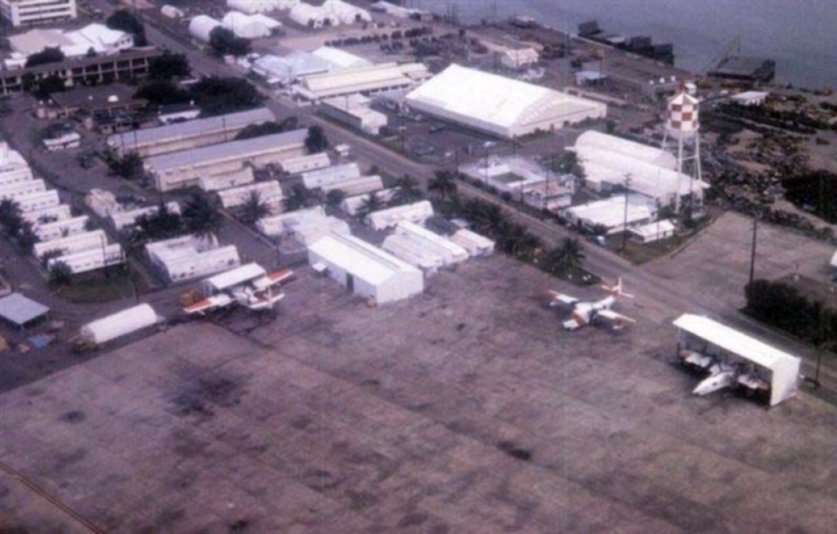 e Coast Guard was given responsibility for maintaining and operating these LORAN stations (LORSTAs), and so Coast Guard aviation acquired a new mission—logistical support for remotely located LORSTAs.
e Coast Guard was given responsibility for maintaining and operating these LORAN stations (LORSTAs), and so Coast Guard aviation acquired a new mission—logistical support for remotely located LORSTAs.
In the Philippines, over 5,000 miles west of Hawaii, a small Coast Guard air detachment was established at Naval Air Station Sangley Point near Manila. Its mission was to provide logistical support to LORAN stations in remote locations. Conditions at Sangley Point were primitive. The facilities consisted of a small cluster of Quonset huts between the base’s entrance and the runway. One Quonset housed the commanding officer, executive officer, administrative staff, operations office, and wardroom. Smaller Quonsets housed the avionics shop and supply office; and spare parts, hydraulic, and aircraft maintenance offices. For maintenance, an open-ended shed with a high-corrugated tin roof and overhead lighting provided shelter for aviation mechanics during the endless rainy season at Sangley. This tiny Coast Guard air station supported two UF-2G (later designated as the HU-16E) Grumman “Albatross” amphibious fixed-wing aircraft.
The Coast Guard UF-2G pilot at Sangley Point was his own everything. Once airborne, pilots flew toward a low-powered radio beacon located at each LO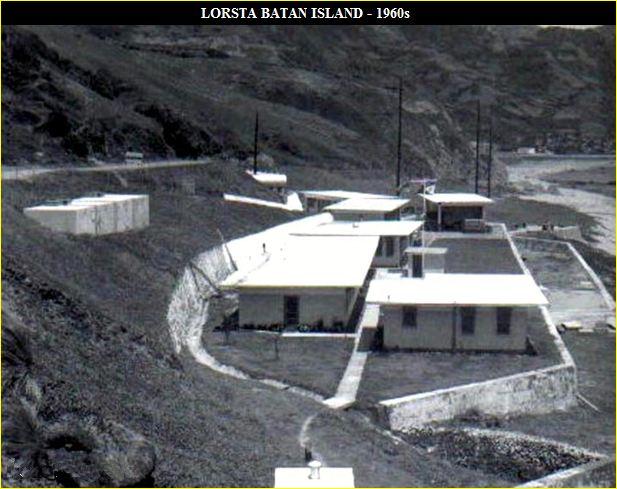 RAN station. Pilots practiced instrument flight, but visual flight methods were required and local knowledge of geography imperative. Facilities at the destinations were marginal, so pilots had to improvise constantly. A description of air operations located at the LORSTAs at Batanes, Catanduanes, Naulo Point, Talampulan and Tarumpitao provides a sense of this mission.
RAN station. Pilots practiced instrument flight, but visual flight methods were required and local knowledge of geography imperative. Facilities at the destinations were marginal, so pilots had to improvise constantly. A description of air operations located at the LORSTAs at Batanes, Catanduanes, Naulo Point, Talampulan and Tarumpitao provides a sense of this mission.
The Batanes Archipelago is located 375 miles north of Sangley Point, midway between Luzon and Taiwan. The normal flight path to Batanes tracked north over central Luzon and the return flight diverted over its west coast to avoid afternoon storm cloud build-up. This re-supply flight was 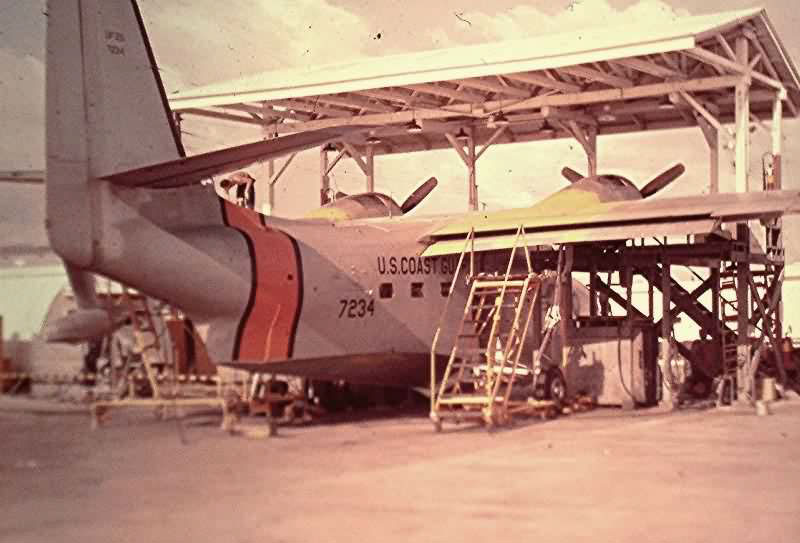 always an adventure. The LORSTA was located on the east side of the main island while the airstrip was on the west side at the capital city of Basco. “Basco International Airport,” as it was termed by Coast Guard aviators, was an unpaved 3,000-foot airstrip situated on a mountainside. The runway ran from the sea to the interior with a five-degree grade, so landings were made uphill. Supplies were transported by station vehicle over a narrow twisting one-lane road carved out of the mountain. Takeoffs were made downhill and usually involved a tailwind. The aircraft’s side-mounted jet-assisted takeoff (JATO) rockets had to be armed and ready in case there was trouble getting airborne.
always an adventure. The LORSTA was located on the east side of the main island while the airstrip was on the west side at the capital city of Basco. “Basco International Airport,” as it was termed by Coast Guard aviators, was an unpaved 3,000-foot airstrip situated on a mountainside. The runway ran from the sea to the interior with a five-degree grade, so landings were made uphill. Supplies were transported by station vehicle over a narrow twisting one-lane road carved out of the mountain. Takeoffs were made downhill and usually involved a tailwind. The aircraft’s side-mounted jet-assisted takeoff (JATO) rockets had to be armed and ready in case there was trouble getting airborne.
Called “Cat” by Coast Guard aviators, the LORSTA on the Island of Catanduanes la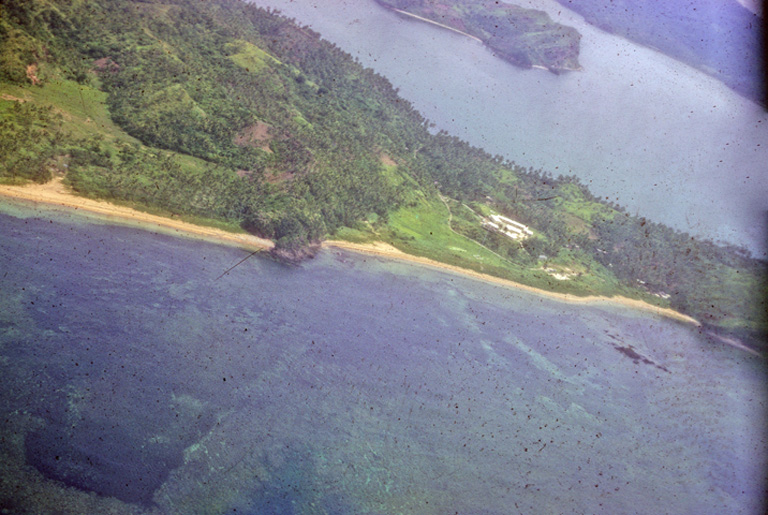 y 230 miles east-southeast of Sangley Point. The island’s hilly terrain is unsuited to an aircraft runway, so a water landing area was assigned at the north end of the island. There, a bay immediately to the west was adequate for UF-2G water landings as long as wind and sea c
y 230 miles east-southeast of Sangley Point. The island’s hilly terrain is unsuited to an aircraft runway, so a water landing area was assigned at the north end of the island. There, a bay immediately to the west was adequate for UF-2G water landings as long as wind and sea c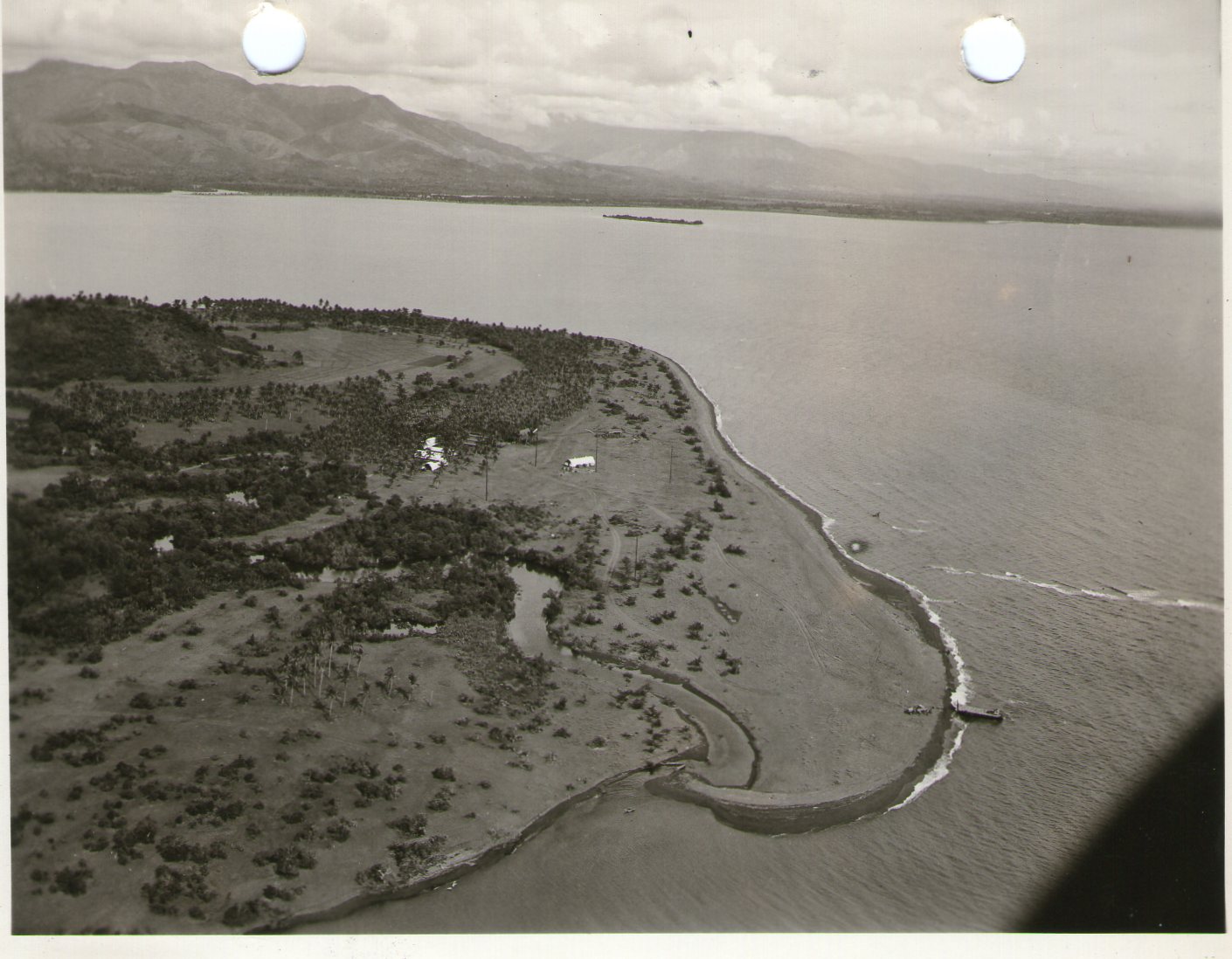 onditions were favorable. After landing, the Amphibian Albatross tied up at a buoy and supplies were transferred by smallboat to a dock at the LORAN station. The bay was semi-exposed to the sea, so when incoming swells made the bay dangerous, landings were made at the south end of the bay. The south end was separated from the main bay by an island and coral reefs, so the amphibian aircraft had to drop anchor and the supplies transported by boat and vehicle to the LORSTA.
onditions were favorable. After landing, the Amphibian Albatross tied up at a buoy and supplies were transferred by smallboat to a dock at the LORAN station. The bay was semi-exposed to the sea, so when incoming swells made the bay dangerous, landings were made at the south end of the bay. The south end was separated from the main bay by an island and coral reefs, so the amphibian aircraft had to drop anchor and the supplies transported by boat and vehicle to the LORSTA.
LORSTA Naulo Point was located in the midst of a coconut plantation on the west coast of Luzon, five miles south of the city of Santa Cruz. Naulo had a 3,000-foot grass and dirt airstrip with tall palm trees located at each end that local landowners refused to cut down. When wet, airstrip runway limits were defined on each side by heavy mud. Thus, an errant taxi turn off the runway could result in bogging down the landing gear, which required a combination of truck and caribou power to regain the runway. Caribou, a kind of water buffalo, were the beast of burden in the Philippines that grazed on the runway and had to be herded off prior to landing. Usually, this was accomplished by the combined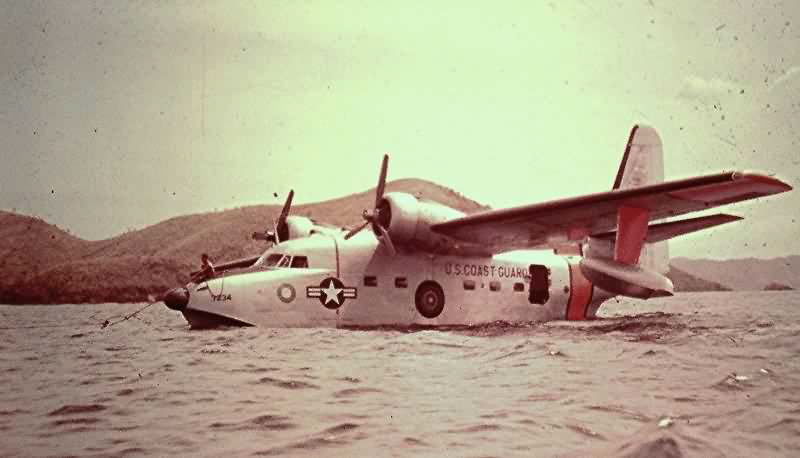 effort of LORSTA personnel and lo
effort of LORSTA personnel and lo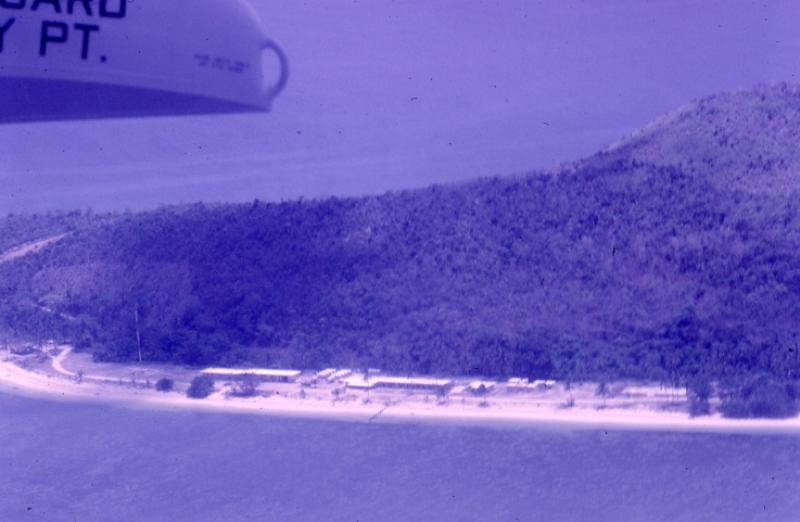 ud propeller noise generated by a UF-2G making a low pass. The impact of landing gear coming in contact with a freshly deposited pile of caribou dung produced messy results.
ud propeller noise generated by a UF-2G making a low pass. The impact of landing gear coming in contact with a freshly deposited pile of caribou dung produced messy results.
Talampulan is one of the islands forming the Calamian Group, which lies 200 miles southwest of Sangley Point, between the large islands of Mindoro and Palawan. The island is long and narrow with jungle-covered hills and no space for a landing strip. There, water landings were made adjacent to the island with heavy ocean swells frequently making them hazardous. A slot between two islands to the east offered a more protected landing, but required a long wet taxi through swells to the mooring buoy. With windows and hatches secured for water tightness, this steamy non-air-conditioned water taxi in the tropic heat was not popular with pilots. A truly beautiful island, Talampulan was a source of giant clamshells sought after by military personnel throughout the Pacific. Many a clamshell was hauled out as a souvenir.
LORSTA Tarumpitao was located at Tarumpitao Point on the western shore of Palawan Island, 375 miles southwest of Sangley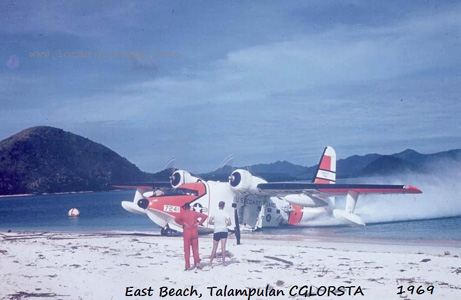 Point. The station was a collection of Quonset huts with a 3,000-foot grass runway set in the midst of dense jungle. Coast Guard civil engineers had built the strip and there was little doubt among aviators that these engineers hated pilots. The runway ran perpendicular to the shoreline into the jungle terminating in a tall hill. Making matters worse were the narrow clearance between the runway and the trees combined
Point. The station was a collection of Quonset huts with a 3,000-foot grass runway set in the midst of dense jungle. Coast Guard civil engineers had built the strip and there was little doubt among aviators that these engineers hated pilots. The runway ran perpendicular to the shoreline into the jungle terminating in a tall hill. Making matters worse were the narrow clearance between the runway and the trees combined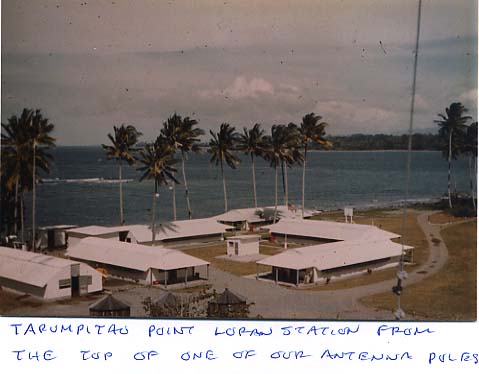 with prevailing winds that blew across the runway at a 90-degree angle. During the rainy season, the runway was covered with standing water. With little runway length for braking, pilots had to reverse thrust to stop the aircraft. Unlike other LORSTAs, the local natives were Muslim Morro natives. Friction existed between the Morros and local Christians, but for some reason none existed with Coast Guardsmen. Station personnel donated an unused Quonset to the community for use as a schoolhouse and there was a standing invitation for locals to visit the station to watch movies, which was eagerly accepted.
with prevailing winds that blew across the runway at a 90-degree angle. During the rainy season, the runway was covered with standing water. With little runway length for braking, pilots had to reverse thrust to stop the aircraft. Unlike other LORSTAs, the local natives were Muslim Morro natives. Friction existed between the Morros and local Christians, but for some reason none existed with Coast Guardsmen. Station personnel donated an unused Quonset to the community for use as a schoolhouse and there was a standing invitation for locals to visit the station to watch movies, which was eagerly accepted.
In 1971, the Coast Guard’s LORSTA support mission was turned over to the Philippine Government and the Coast Guard air detachment at Sangley Point was decommissioned. The Sangley Point mission to supply isolated LORSTAs in the Philippines was a unique chapter in Coast Guard aviation and the long blue line.
[Author’s note: A special thanks to Coast Guard aviators Gus Shrode and Carl Swickly who flew out of Sangley Point during this era. This is their story as told to the author.]